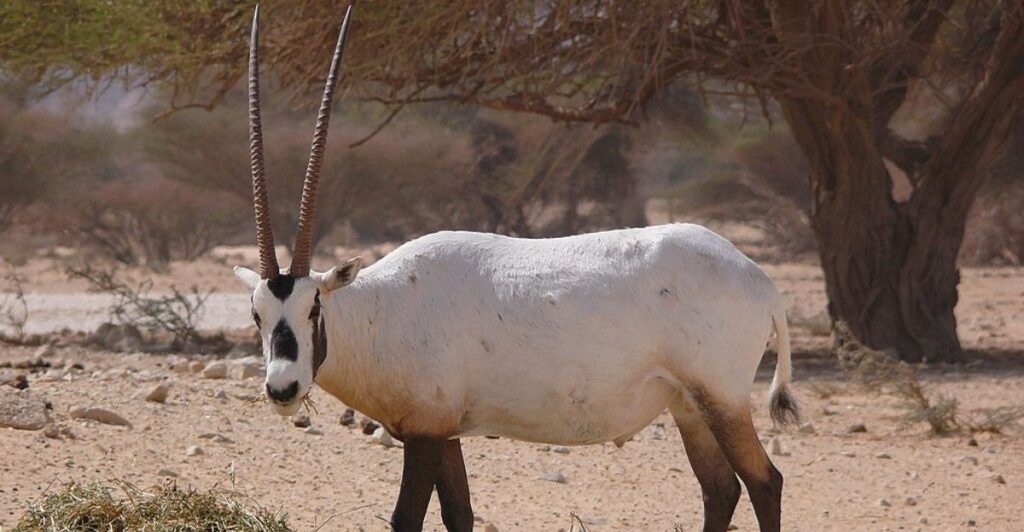
Some animals become unexpected heroes in the battle to save wildlife. The tales of loss often manage to weave in hope among the bleakness to serve as a reminder of humanity’s role in preserving biodiversity. These remarkable creatures didn’t choose to lead, but their stories continue to inspire action. Meet 12 animals that redefined conservation in extraordinary ways.
1. Arabian Oryx’s Remarkable Comeback
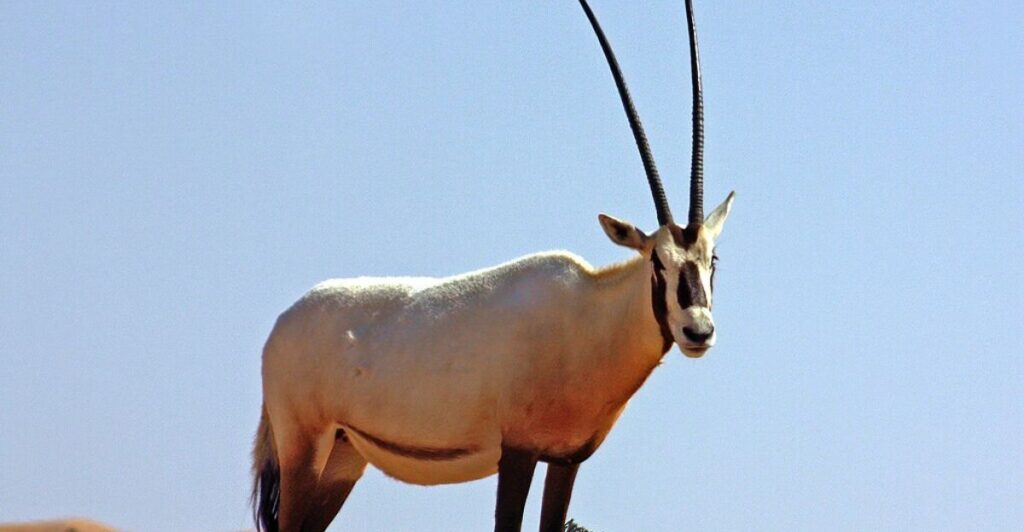
From desert extinction to a triumphant return, the Arabian oryx’s journey reflects humanity’s ability to repair self-inflicted damages. Once a victim of overhunting, this striking antelope now strides across its native sands, thanks to international cooperation and decades of patient effort. Its resurgence inspired conservationists worldwide to believe in the possibility of reintroducing lost species.
2. Kakapo’s Unlikely Champions
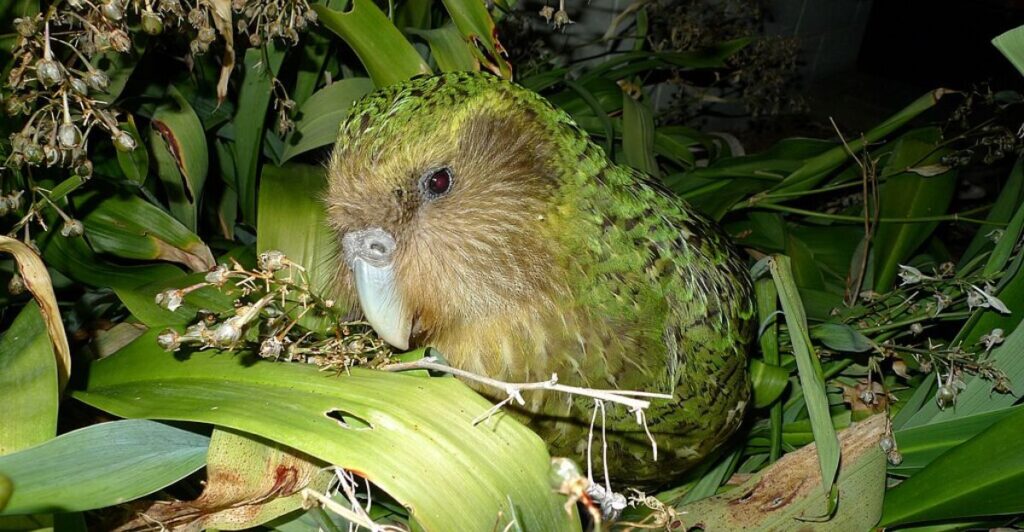
In the quiet of New Zealand’s predator-free islands, a unique conservation story unfolds. Kakapos, the world’s heaviest parrots, have defied invasive predators and dwindling habitats. Tireless efforts by scientists and volunteers—complete with handmade nests and constant monitoring—have turned the survival of a bird that seemed destined for the history books into a story of triumph.
3. Amur Leopard’s Narrow Escape
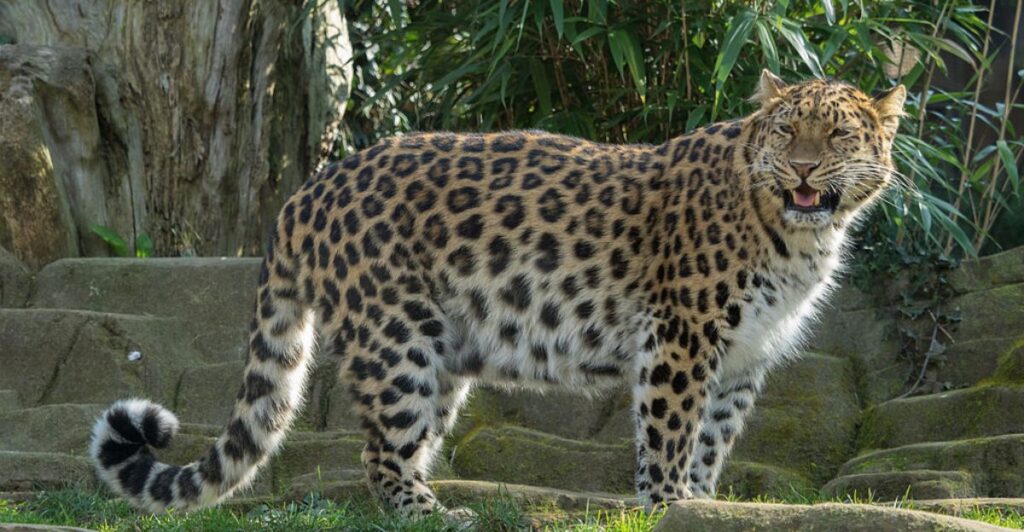
The Amur leopard moves like a ghost through the forests of Russia and China. Yet even this elusive predator couldn’t escape poachers and habitat destruction. Conservationists fought back with anti-poaching patrols and innovative habitat corridors, allowing the population to climb from near oblivion to over 120. Their survival reminds us that protecting predators means safeguarding entire ecosystems.
4. California Condor’s Flight to Survival
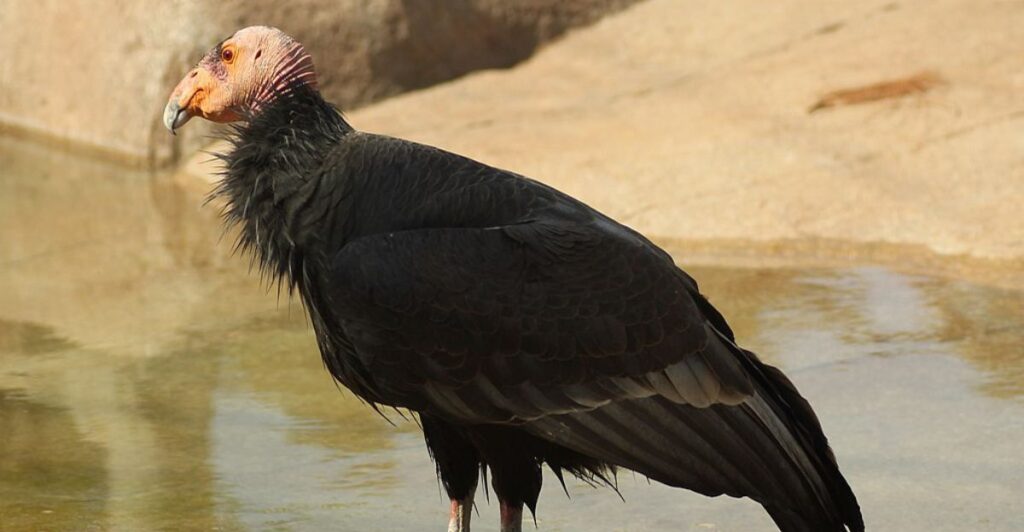
The California condor’s remarkable journey begins not with wings but with hands. Human intervention saved these scavengers from the brink of extinction, capturing the last 27 birds to shield them from lead poisoning and habitat loss. Released back into the wild, now over 300 soar over North America.
5. Vaquita’s Urgent SOS
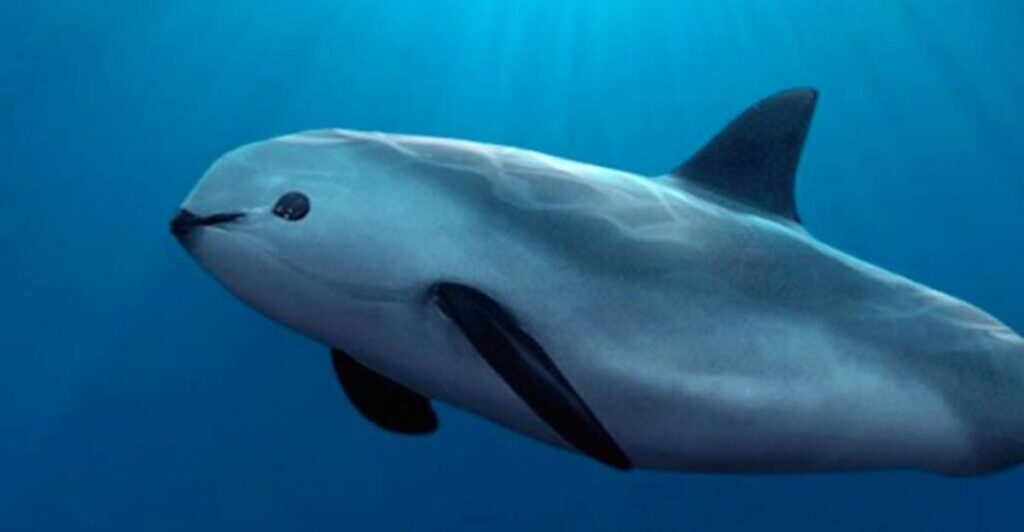
The vaquita may never swim freely without human assistance; its present numbers are critically low at fewer than 10. Conservationists are racing to adapt fishing gear, enforce marine protections, and rally public support before this shy porpoise disappears entirely. This crisis demands an urgent global response, which shines a harsh spotlight on unchecked exploitation threatening marine biodiversity.
6. Saola’s Enigma of Conservation
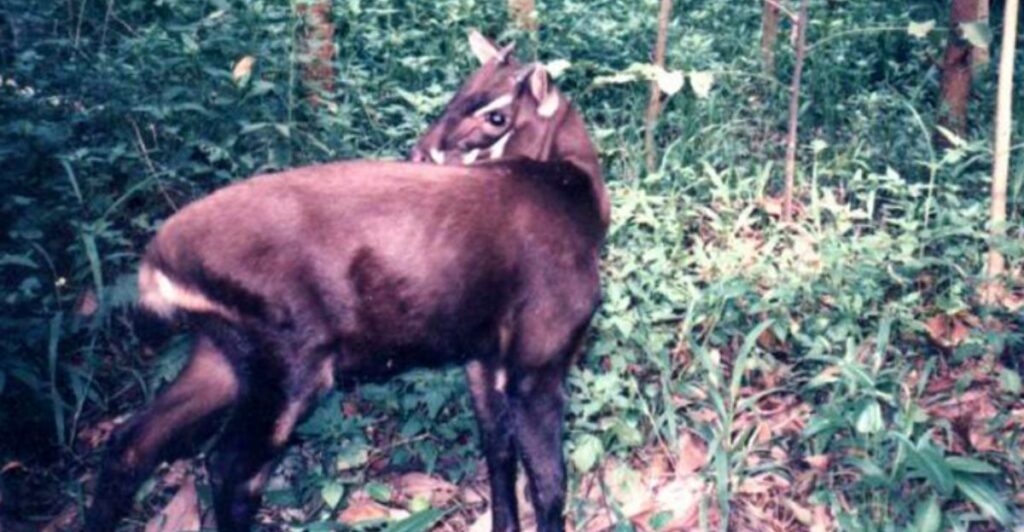
Discovered only in 1992, the saola remains a riddle in conservation. Often called the “Asian unicorn,” its presence in Laos and Vietnam’s dense forests is as fleeting as a shadow. Capturing even a photograph is rare, let alone observing it in the wild. Mysteries like this drive conservationists to protect its forests and ensure that their survival may one day reveal more secrets of our shared world.
7. Snow Leopard’s Silent Redemption
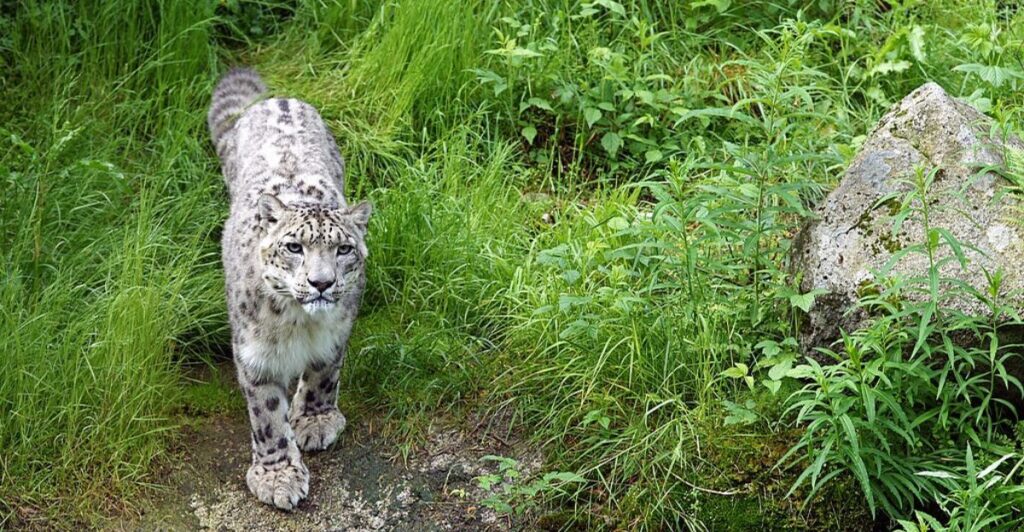
The snow leopard, a phantom of the Himalayas, has long been hunted for its striking fur. Community programs and eco-tourism initiatives have curbed these risks to stabilize populations. Though still vulnerable, these mountain cats are reclaiming peaks and proving that coexistence with wildlife is achievable.
8. Przewalski’s Horse’s Second Chance
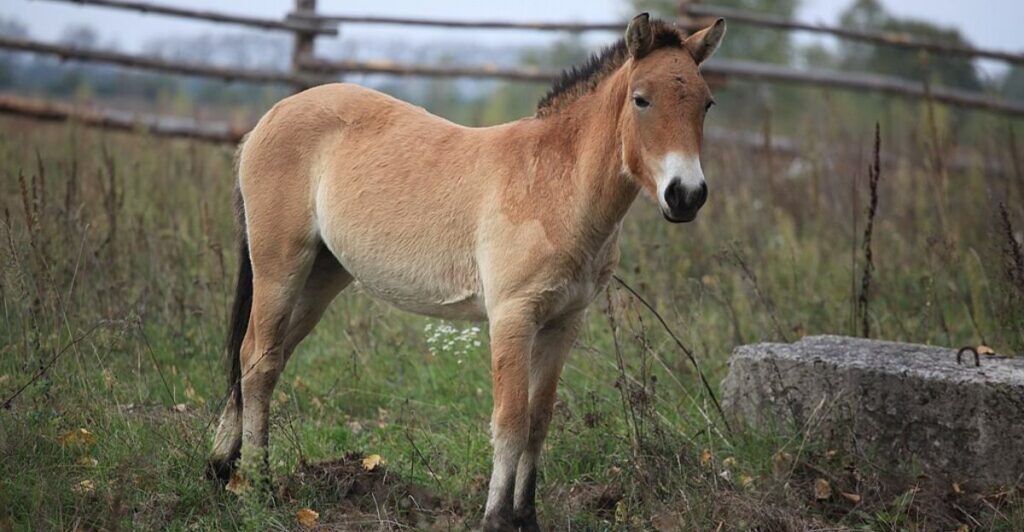
Galloping across Mongolia’s plains, Przewalski’s horses stand as living relics of the wild. Declared extinct in the wild in the mid-20th century, their return involved a global network of conservationists, zoos, and local stewards. Today, these resilient horses not only reclaim habitats but also anchor a broader fight to preserve grasslands threatened by human activity.
9. Axolotl’s Scientific Significance
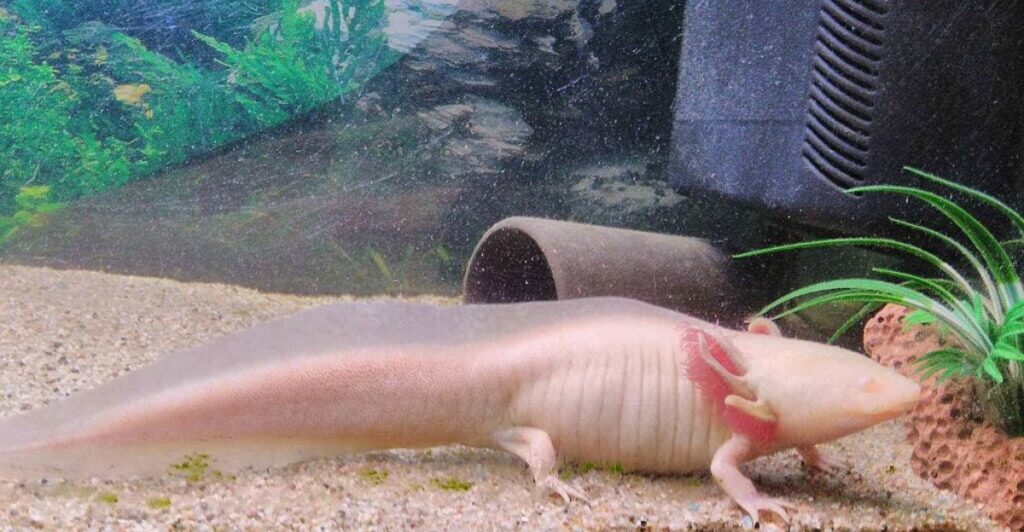
The axolotl is not just a biological wonder but a conservation icon. While its ability to regenerate limbs fascinates scientists, its natural lake habitats in Mexico have been decimated by pollution and urban sprawl. Wetland restoration efforts offer hope, not just for the species but for all the life it sustains in this fragile ecosystem.
10. Hainan Gibbon’s Fragile Hope
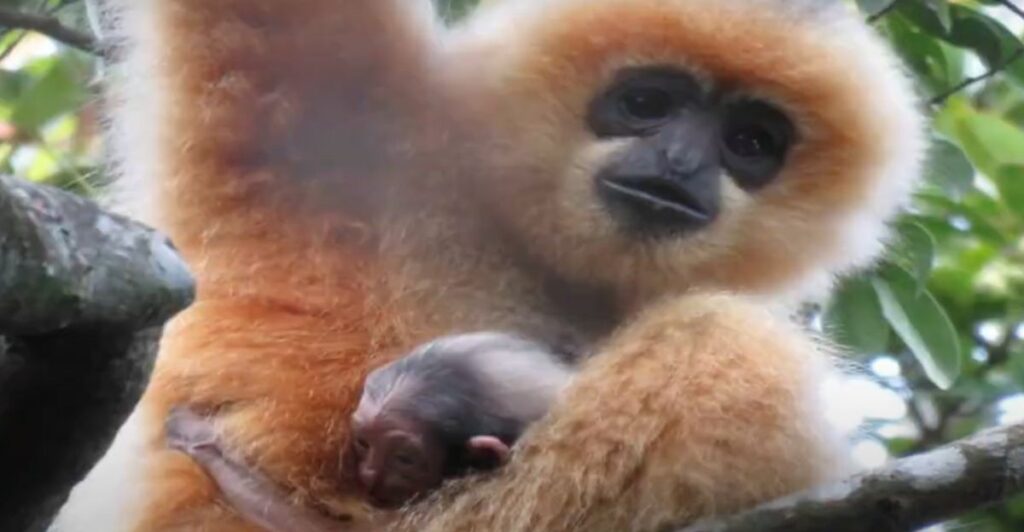
Perched high in the canopy of Hainan Island, these gibbons were once thought doomed. With fewer than 10 surviving individuals in the 1970s, their recovery has been a slow, painstaking process. However, careful habitat restoration and local collaboration have given the primates a fighting chance, proving that even the smallest populations can find a way back from the brink.
11. Pangolin’s Fight Against Trafficking
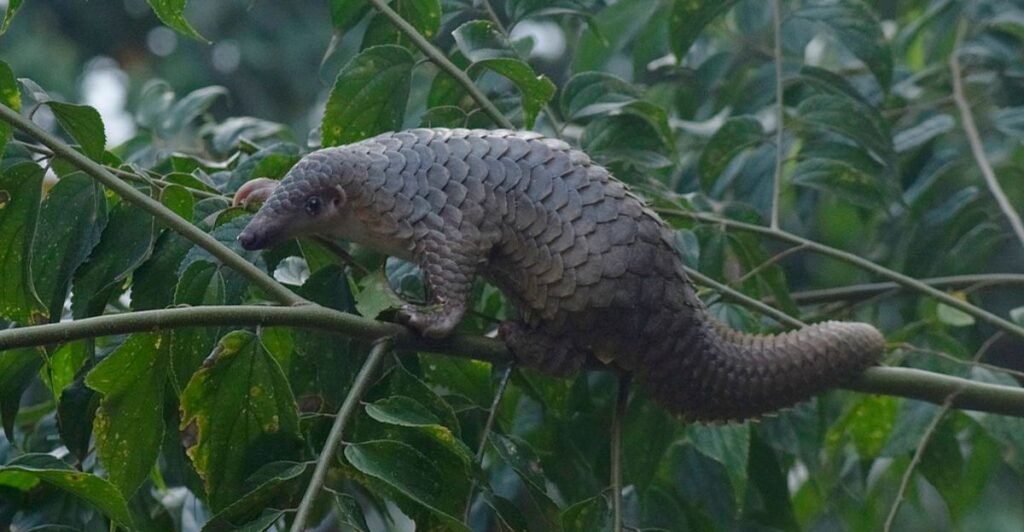
Hunted relentlessly for their scales and meat, pangolins endure as tragic symbols of wildlife trafficking. Yet, global bans and grassroots campaigns are shifting perceptions to turn the quiet, armored creatures into ambassadors for the fight against illegal trade. Their plight underscores the urgent need to rethink humanity’s relationship with the natural world.
12. Ethiopian Wolf’s Highland Battle
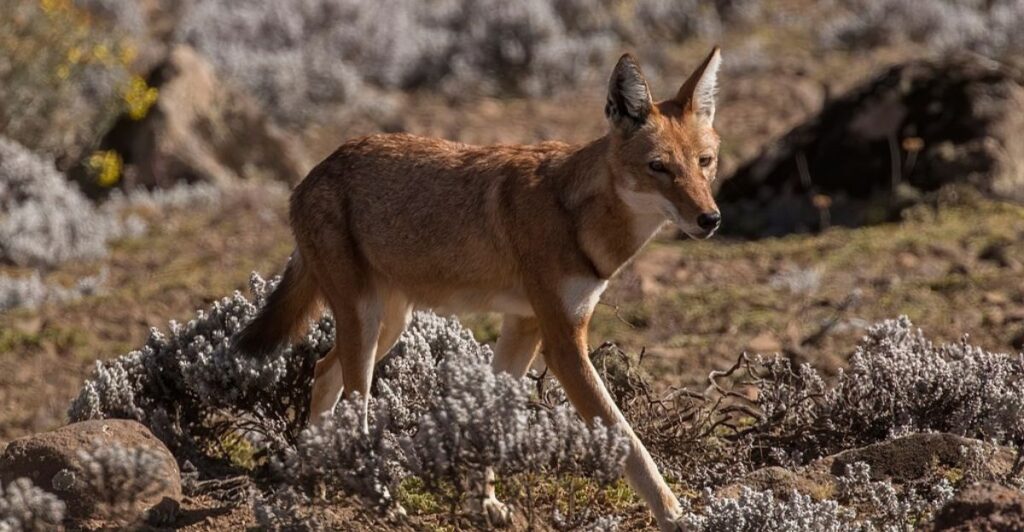
The world’s rarest canid roams Ethiopia’s high-altitude meadows, vulnerable to diseases carried by domestic dogs. However, vaccination campaigns, habitat preservation, and partnerships with local communities are offering hope for their survival. With their striking red coats, these wolves face the challenges of conservation in landscapes shaped by human activity.
Stay connected with us for more stories like this! Follow us to get the latest updates or hit the Follow button at the top of this article, and let us know what you think by leaving your feedback below. We’d love to hear from you!







